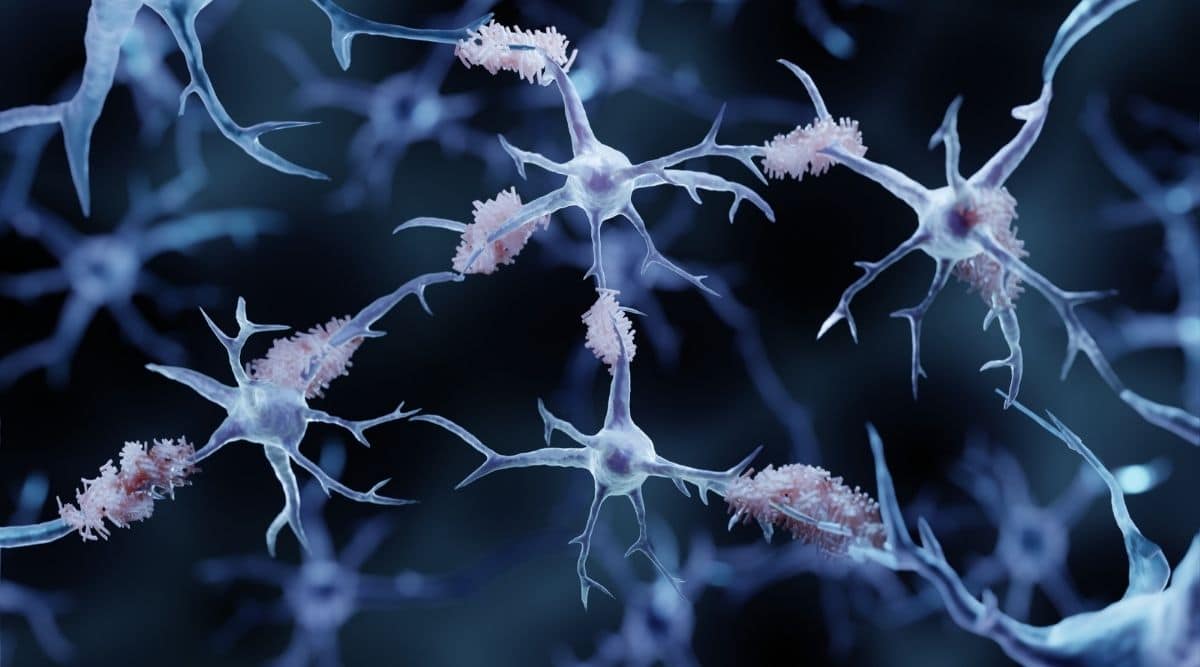Alpha-synuclein is a neuronal protein that regulates trafficking and neurotransmitter release. Aggregation of alpha-synuclein is associated with the formation of lewy bodies, which are protein aggregates in the brain. The presence of lewy bodies is linked to several diseases including Lewy body dementia, Parkinson’s Disease, and Alzheimer’s Disease.
What is Alzheimer’s disease?
Neurodegenerative diseases are a class of disorders that are characterized by the progressive loss of cells in the brain, called neurons. The brain is made up of billions of neurons that talk to each other, allowing us to solve complex equations, form memories, and move around each day. There are different regions in the brain that control all our bodily functions. The death of neurons in the brain inevitably makes it difficult to perform different tasks, but this depends on where in the brain neuronal death is occurring.
Alzheimer’s disease (AD) is the slow progression of neurodegeneration that is typically diagnosed in individuals aged 65 or older and is the leading cause of dementia. The exact cause of AD is unknown. Brain damage, genetic mutations, environment and lifestyle may all play a role in determining whether a person develops AD. In patients, the stages of AD are characterized by the level of cognitive and functional impairment as the disease progresses. AD begins with early signs of memory impairment and language difficulties that advances into struggles with daily living as memory, motor function, and reasoning/decision making decline. Caregivers become essential as individuals suffering from AD lose their independence with daily living during the course of disease. While the cause of AD is not entirely understood, scientists and doctors know that pathology in the brain is responsible for damaging and killing neurons.
Which proteins are associated with Alzheimer’s disease?
As a protein misfolding disorder, the hallmark pathology in AD includes the deposition of misfolded protein aggregates. The aggregates can be beta-amyloid (Aβ) plaques outside of nerve cells and/or neurofibrillary tangles of tau protein inside of neurons. The presence of tau and Aβ aggregates are typically found in low quantities in most aging brains, but their accumulation is prominent and predictable in the brains of AD patients. The aggregates form first in brain regions responsible for memory, slowly spreading to other brain regions while damaging and killing nerve cells.
A third protein, alpha-synuclein (α-synuclein) has also been found in the postmortem brains of AD patients. In many cases, α-synuclein is associated with synucleinopathies such as Parkinson’s disease, Lewy body dementia, and multiple system atrophy, but it has also been identified as a co-pathology with tau in the brains of AD patients. The presence of α-synuclein has been identified in a large portion of AD cases at the time of autopsy, but it is not well understood how α-synuclein impacts disease.
Is α-synuclein involved in Alzheimer’s disease pathogenesis?
A-synuclein deposition or Lewy-related pathology may play a role in AD cases where patients experience visual hallucinations or extrapyramidal symptoms that are often associated with Parkinson’s disease. These symptoms may include movement dysfunction, rigidity, or tremors. In addition, Lewy-related pathology has also been associated with aggressive AD and shortened survival after symptom onset. Studies have shown that α-synuclein can interact with Aβ and tau, but the exact mechanism that governs the involvement of α-synuclein in disease is unknown. In protein misfolding diseases, the accumulation of protein can clog up cellular machinery and disrupt the protein homeostasis network. When Aβ and tau misfold, it could trigger the misfolding and buildup of other toxic proteins like α-synuclein in the brain. On the other hand, the efficiency of protein folding machinery declines as we age. This increases the likelihood of multiple proteins misfolding and aggregating. The presence of α-synuclein co-pathologies in AD patients may enhance the damage and eventual death of neurons. More research is necessary to definitively determine whether α-synuclein has a pathological, causative role in AD or if it is a bystander protein caught up in tau tangles.
How can programs at Gain Therapeutics help address Alzheimer’s disease?
Unfortunately, there are no cures for AD, but there are many treatments in development that are targeted at decreasing the amyloid plaques in the brain to diminish the symptoms of disease. Gain Therapeutics is currently developing compounds that have been experimentally shown to decrease the amount of toxic α-synuclein in a cellular model of Parkinson’s disease. Compounds in development restore or enhance the function of lysosomal enzymes, helping our cellular trash disposals to work at maximum efficiency. This can help degrade toxic proteins that would otherwise build up and cause cellular damage and death. It is possible that these small molecules could someday help enhance enzyme function in Alzheimer’s disease to help cells clear toxic proteins including tau, Aβ, and α-synuclein.


